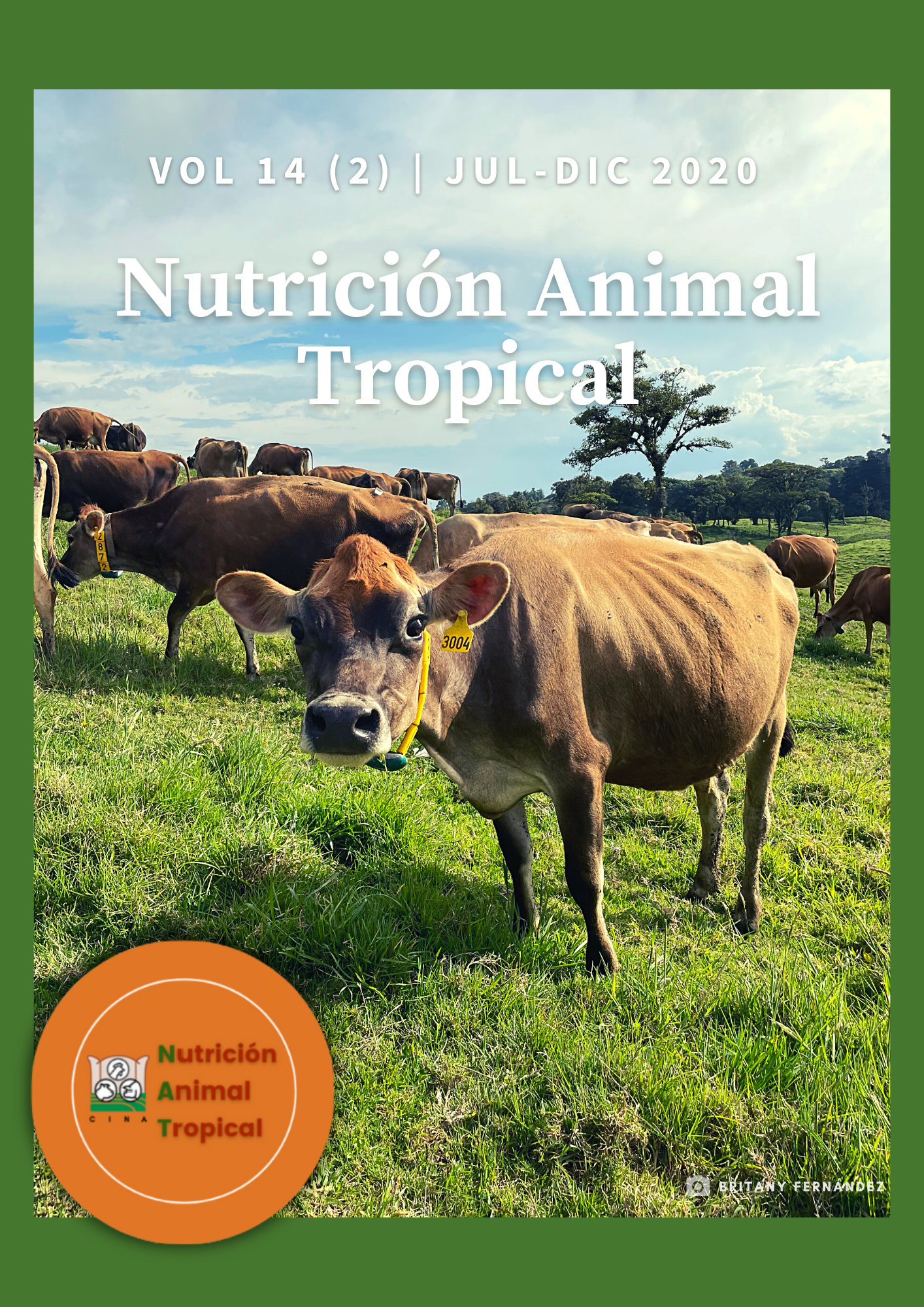Abstract
The aim was to determine whether the supplementation of methionine, threonine and tryptophan in the diets of growing-finishing pigs raised under commercial conditions improved their productive performance (feed intake, weight gain, feed conversion rate, carcass quality) and whether this strategy was economically viable. The experiment was performed simultaneously in 2 commercial pig farms, with animals fed during their grower-finisher period (30 – 100 kg) with a diet that met their ideal protein requirement and a diet supplemented with an additional 20% methionine, threonine and tryptophan. There were no effects (P>0.05) of the diet on feed intake, average daily gain or feed conversion rate in any of the grower-finisher stages, or when the whole testing period was analyzed. Furthermore, there were no differences between diets for the lean meat percentage, the value for each kilogram of meat or the value of the whole carcass. The animals that consumed the supplemented diet showed a tendency (P=0.07) to have a higher back fat thickness (13.46 mm) compared to those that were fed the control diet (12.62 mm). Moreover, the animals fed with the supplemented diet also showed a tendency (P=0.08) to have a higher carcass yield (80.10%) compared to the animals that consumed the control diet (79.54%). It can be concluded that methionine, threonine and tryptophan supplementation did not improve the productive performance of pigs raised under commercial conditions and, under the current productive setup, is not economically viable.
References
Ajinomoto. (2016). Ideal amino acid profile and low crude protein diets for fattening pigs. Ajinomoto Animal Nutrition Group, Ajinomoto Eurolysine S.A.S., (June), 32.
Ardoino, S. M., Toso, R. E., Toribio, M. S., Álvarez, H. L., Mariani, E. L., Cachau, P. D., &Oriani, D. S. (2017). Antimicrobianos como promotores de crecimiento (AGP) en alimentos balanceados para aves: uso, resistencia bacteriana, nuevas alternativas y opciones de reemplazo. Ciencia Veterinaria, 19(1), 50–66.
Bender, D. A. (2008). Introduction to nutrition and metabolism(4th Editio; C. Press, Ed.). Boca Raton, FL: Taylor & Francis.Humphrey, B. D., & Klasing, K. C. (2004). Modulation of nutrient metabolism and homeostasis by the immune system. World’s Poultry Science Journal, 60(1), 90–100. https://doi.org/DOI: 10.1079/WPS20037
Klasing, K. C., & Johnstone, B. J. (1991). Monokines in growth and development. Poultry science, 70(8), 1781–1789. https://doi.org/10.3382/ps.0701781
Klasing, K. C., Johnstone, B. J., & Benson, B. N. (1991). Implications of an immune response on growth and nutrient requirements of chicks. En W. Haresign & D. J. A. B. T.-R. A. in A. N. Cole (Eds.), Studies in the Agricultural and Food Sciences(pp. 135–146). https://doi.org/https://doi.org/10.1016/B978-0-7506-1397-2.50012-5
Le Floc’h, N., Lebellego, L., Matte, J. J., Melchior, D., & Sève, B. (2009). The effect of sanitary status degradation and dietary tryptophan content on growth rate and tryptophan metabolism in weaning pigs. Journal of Animal Science, 87(5), 1686–1694. https://doi.org/10.2527/jas.2008-1348
Li, P., Yin, Y.-L., Li, D., Kim, S. W., & Wu, G. (2007). Amino acids and immune function. The British Journal of Nutrition, 98(2), 237–252. https://doi.org/10.1017/S000711450769936X
National Research Council. (2012). Nutrient requirements of swine(11th rev.; L. Southern, O. Adeola, C. F. M. De Lange, G. Hill, B. Kerr, M. Lindemann, ... N. Trottier, Eds.). Washington DC, Estados Unidos: National Academies Press.
Pastorelli, H., van Milgen, J., Lovatto, P., & Montagne, L. (2012). Meta-analysis of feed intake and growth responses of growing pigs after a sanitary challenge. Animal, 6(06), 952–961. https://doi.org/10.1017/S175173111100228X
Potočnjak, D., Kezić, D., Popović, M., Zdolec, N., Valpotić, H., Benković, V.,&Valpotić, I. (2012). Age-related changes in porcine humoral and cellular immune parameters. Veterinarski Arhiv, 82(2), 167–181.
Rostagno, H., Teixeira Albino, L., Hannas, M., Lopes Donzele, J., Sakomura, N., Perazzo, F.,&de Oliveira Brito, C. (2017). Tablas brasileñas para aves y cerdos: composición dealimentos y requerimientos nutricionales. En H. Rostagno (Ed.), Departamento de Zootecnia, Universidad Federal de Viçosa(Vol. 4). Viçosa, Brasil.
Sandberg, F. B., Emmans, G. C., & Kyriazakis, I. (2007). The effects of pathogen challenges on the performance of naïve and immune animals: the problem of prediction. Animal, 1(May), 67. https://doi.org/10.1017/S175173110765784X
Topigs Norsvin. (2016). Feeding manual Norsvin Duroc progeny(p. 17). p. 17.
van der Meer, Y., Lammers, A., & Jansman, A. J. M. (2016).Performance of pigs kept under different sanitary conditions affected by protein intake and amino acid supplementation. Journal of Animal Science, 94, 4704–4719. https://doi.org/10.2527/jas2016-0787


